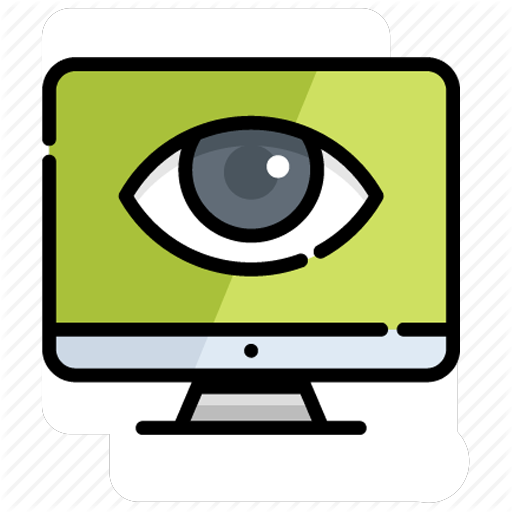
Computer Networking
Including the detection of pishing attacks, Domain Generation Algorthims (DGAs), and Software Defined Networking (SDN)

User Behavior
To understand how phishing emails will affact people's behavior, we design a set of experiments to study the user behavior encoutered with phishing attacks

Computer Graphics
I mainly worked on the physical based simulation and deformable objects with level of details

Computer Vision
To recognize a certain facial expression based on Action Units (AUs) detection by using Kinect 2 and thermal camera. We use machine learning techniques to train the AUs for the automatic action units detection

HDR Tone mapping
I mainly worked on multi-scale image decomposition with the purpose of reproducing the real scene more realistic. In order to display a High Dynamic Range Image (HDR) in traditional output devices, we use a multi-scale tone mapping approach by using differet filter
